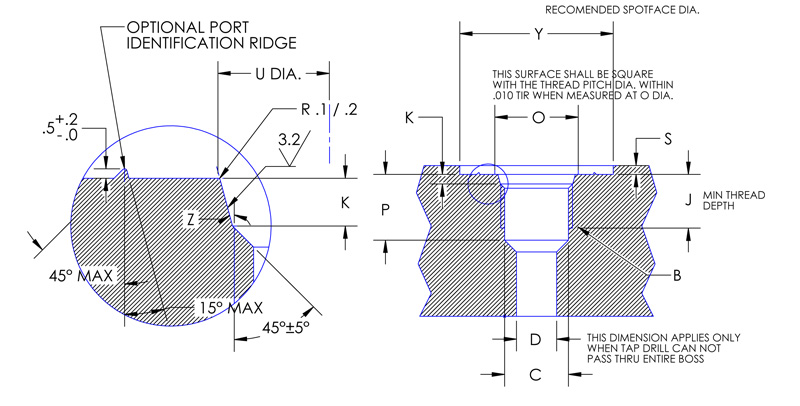- Joined
- Jan 20, 2015
- Messages
- 359
The whitworth tooling is not hard to find. What I am talking about is actual metric fittings with metric threads, not whitworth threads like german G series. The port face/step drills were the tough ones to find, not the taps.I worked for a couple German manufacturers as well as with many other equipment manufacturers, the only metric fittings I saw were for the hose to the fitting, the fitting to the equipment was always G or R type fittings, and the R type was maybe 5% of the time. It would be nice if they switched to metric threads so common taps could be used, but I think there is so much equipment out there with the G/R type fittings that it will be slow to be adapted. NPT fittings work close enough in some applications, but if you want any pressure rating, you need the proper fittings and threads. I’ve spent plenty of time tracing leaks that came from the incorrect fittings or threads being used.
I’m surprised you find tooling and fittings difficult to find, McMaster-Carr and Swagelok have plenty of offerings for fittings, and Whitworth tooling doesn’t seem difficult to find. The larger sizes are not as common but I never had an issue getting what I needed for standard pipe sizes.
The ports are identified by a ring around the port



